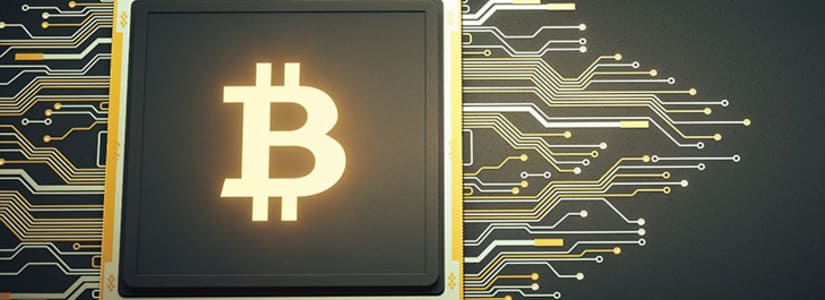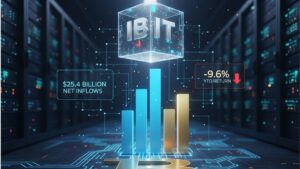TL;DR
- Bitcoin mining companies are repurposing their infrastructure to offer AI-oriented computing services in search of greater profitability.
- The technical overlap between mining farms and AI data centers allows for an operational transition without major structural changes.
- This shift raises questions about the impact on Bitcoin’s security and decentralization, as well as on the future identity of the mining sector.
The Bitcoin mining market, historically tied to BTC’s price and energy costs, is on the verge of a quiet yet significant transformation. The emergence of artificial intelligence as a new driver of computational demand has created an unexpected phenomenon: more and more mining companies are repurposing their infrastructure to offer AI-oriented computing services. What began as a way to leverage idle resources during bear cycles now appears to be a structural change in how mining is operated—and understood.
The architecture behind an AI-dedicated data center is not very different from that of a mining farm: both require access to cheap energy, stable environmental conditions, and industrial-grade cooling capabilities. This technical overlap has enabled several companies to begin diversifying their operations, with examples including firms like CoreWeave, Hive, Hut 8, Iris Energy, and Crusoe.
Some have started offering computing power to train language models, run inference tasks, or host AI solutions for third parties. In many cases, the returns from this new business line even exceed those of traditional mining, especially in environments where mining difficulty rises and halving compresses margins.

The Economic Appeal of a New Industry
From an economic standpoint, the decision seems sensible. The AI industry is booming, driven by strong, sustained demand and a willingness to pay high premiums for access to GPUs or optimized infrastructure.
Miners, under pressure from fierce competition and increasingly tight margins, see this synergy as a path to survival and expansion. Reconfiguring obsolete ASICs, repurposing spaces, or forming alliances with sector startups can be viewed as a pragmatic strategy, not as a betrayal of the industry’s original ethos.
What Remains of the Original Purpose?
However, the shift toward AI also raises deeper questions. What does this transformation mean for the security and decentralization of Bitcoin? If a significant portion of computing power moves away from mining in favor of more profitable tasks, the network could become more vulnerable or more centralized. Moreover, if larger companies gain an advantage by operating in both markets simultaneously, there’s a risk of further consolidating a system that already tends toward concentration.
It’s also worth asking whether this trend ultimately reflects a crisis of identity. The mining business model was born from a specific logic: to secure a decentralized network in exchange for transparent incentives. Turning those resources into generic commercial computing platforms means changing their function. It’s not necessarily a problem—but it is a sign that the sector is seeking to redefine itself beyond its role in the crypto ecosystem.
Adaptation or Dissolution
This process can be seen as part of a market maturing. Mining is no longer merely about extracting blocks; it is now also about energy efficiency, resource optimization, and adapting to new technological demands. The line between blockchain and artificial intelligence is becoming increasingly blurred, and the infrastructure that serves one can—with adjustments—serve the other.

A New Paradigm for Mining
Perhaps the deeper debate isn’t whether this transformation is “good” or “bad,” but what it reveals about the future of the ecosystem. In the face of fierce competition, ongoing regulatory changes, and constant technological shifts, those who survive will be the ones able to adapt without losing sight of their original purpose. If mining becomes an offshoot of the AI market, the risk is not just technical or economic, but also symbolic: losing sight of why Bitcoin exists and what role its network is meant to play. Time will tell whether this convergence is temporary or the beginning of a new operational paradigm.











